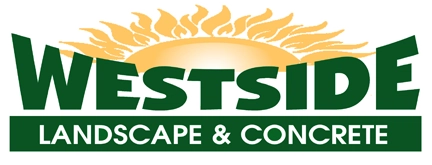How To Choose the Right Modesto Tree Service
Below, we describe several important considerations for picking a tree removal company. These include licensing, services offered, and more.
Vet the Company's Qualifications
Tree service companies should have insurance policies protecting their customers and workers. Some examples of policies include workers' compensation, professional liability, and general liability insurance. The policies should specifically mention tree work coverage because otherwise, you could be held responsible for any damage or injuries that occur on your property. Tree removal has no mandatory national certifications, but a company might have a certified arborist on staff to perform inspections. Having an arborist isn't required, but it does provide added benefits. Arborists are certified by the International Society of Arboriculture (ISA). They're trained in proper preservation, maintenance, and care techniques to protect tree health.
Get Quotes From Multiple Companies
Homeowners should request quotes from multiple companies to discover the best deals. Compare all aspects of your quote, like timelines, service fees, and included services.
Confirm the Company Performs Residential Tree Services
A residential tree removal company will have fewer restrictions than a commercial one. Commercial tree companies work on large commercial projects and are required to follow certain city ordinances. For this reason, we recommend seeking out a company that specializes in residential tree services.
Request a Tree Risk Assessment
A tree risk assessment (TRA) helps minimize the risk of harm to workers or damage to your property. A tree service professional will visually inspect a tree and its branches to assess the risk of breakage (called tree failure). Some companies charge an additional fee for a TRA, while others include them free with services. Typically, certified arborists conduct these assessments. Talk to your tree removal company and make sure an assessment is completed before work begins.
Ask About Stump Removal
Removing tree stumps is important because, if left unattended, they can attract disease and pests. Ask your tree removal company if it includes stump removal with its services. The company will remove stumps either with specialized equipment or by hand. This service costs from $84 to $619, with the average Modesto homeowner paying approximately $394.
How Much Does It Cost To Remove A Tree?
Tree removal services cost, on average, $787, with a range of $384-$1,687. Factors that can influence the cost include tree size and type, tree health, and project size. Companies may charge by acre instead of per tree if you're removing multiple trees. You can expect to pay roughly $2,024 for emergency tree removal services. The price will also increase if a tree has a high failure risk or requires additional labor, safety precautions, or equipment.
Ready to Get a Quote on Your Tree Project?
Please enter a valid 5-digit zip code!
Frequently Asked Questions About Tree Removal in Modesto
What are common tree issues?
What's the difference between tree trimming and tree pruning?
What are some signs that a tree is dangerous?
Do I need to hire a professional for tree removal?
Is it safe to leave a downed tree sitting on my lawn?
To share feedback or ask a question about this article, send a note to our Reviews Team at reviewsteam@thisoldhousereviews.com.













